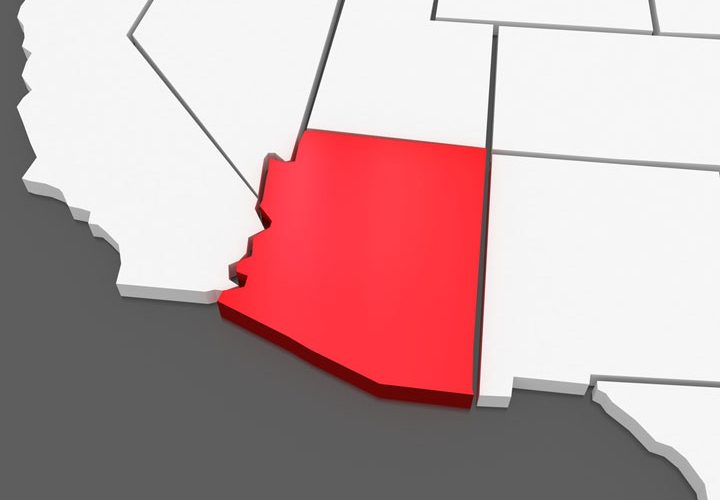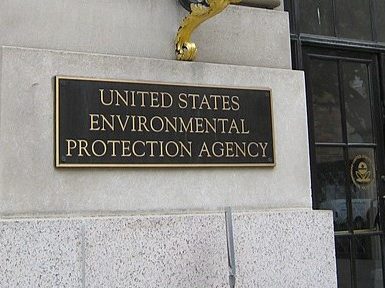Millions of Arizonans last November headed to the polls or to their mailbox to cast their ballot for congressional and legislative races. To win these seats, candidates had to campaign and exhaust their resources within the lines of their particular district, which are composed of constituents with views that might vary from district to district.
As time goes on, policies change, populations shift, and people move. Consequently, this can shift the constituents that make up each district, which can be seen in the data that the U.S. Census records.
What happens when certain districts’ populations grow or shrink? What happens when a member of Congress or the state Legislature faces a substantially different assemblage of constituents?
The House of Representatives’ ability to be a proper representative of the American people has challenged policymakers since the founding of our republic. It’s easy to imagine how district lines could be drawn in such a manner that breaks up key minority groups or splits up certain neighborhoods to achieve a partisan advantage. Without proper stipulations around this process, someone tasked with drawing the lines for Congressional districts could easily draw the lines right down the center of any faction or special interest population thus splitting their votes between districts and weakening their collective voice.
How it’s done
Each state has similar rules surrounding how a state’s legislature may draw districts (or share/give the power of redistribution to another body) to satisfy various requirements concerning population per district and proper statewide partisan representation. These stipulations largely derive from legal precedent and, ultimately, from the U.S. Constitution.
Arizona’s system, however, diverges from many states. Arizona voters in 2000 passed Proposition 106, which amended the Arizona state Constitution to establish the Independent Redistricting Commission (IRC).
This commission is composed of two Republican members, two Democrat members, and one unaffiliated member who all serve as political cartographers of sorts.
According to the language of the initiative, the IRC is concerned with equally distributing population among districts, making districts geographically compact and contiguous, practically respecting communities of interest, and ensuring that lines follow visible geographical features like lakes and various boundaries. The IRC is also concerned with drawing competitive districts in such a way that the lines pose “no significant detriment” to one group of voters in that district.
Arizona’s unique example
Arizona was the first state to adopt a redistricting commission model that was independent of the legislative branch. Arizona’s IRC will soon begin drawing new lines according to the data recorded in the 2020 U.S. Census.
The system is still relatively new, but Justin Levitt, a redistricting map scholar, says Arizona has one of the least “skewed” district maps.
There are differing opinions over whether the IRC has been a success.
Former state Senate president Steve Yarbrough in 2018 proposed reforms to the IRC that would have expanded the redistricting commission to eight members instead of five and that would have consisted of three Democrats, three Republicans, and two independent members.
As reported by the Associated Press, Yarbrough cited the maps drawn in 2001 and 2011 and the legal proceedings surrounding the approval of the maps as overwhelming evidence to show that the redistricting process could be taken control of by one party over another.
Yarbrough said he believes that this is able to occur because the “independent” members of the independent redistricting commission are actually quite partisan.
Yarbrough’s proposed commission would have two independent members instead of one. This would allow for two separate factions to form naturally within the commission, with one being a group made up of three Republicans and a right leaning independent, and the other consisting of three Democrats and a left leaning independent. Yarbrough argued that opposing views would have to find actual common ground when drawing new maps.
Process underway again
In September of 2020, Arizona Supreme Court Chief Justice Robert Brutinel called for public input on the appointment of the five redistricting commission members by the Republican and Democrat leadership of the state government. This came just after both Democrats and Republicans put together lists of possible members of the new Independent Redistricting Commission that would be put in charge of redistricting in 2021.
As of December 11, 2020 four of the seats for the Arizona Independent redistricting Commission have been filled. Tucson real estate developer David Mehl and business owner Douglas York have been selected to fill the two Republcian seats on the commission. Mesa Community College professor Shereen Lerner and Navajo Nation businessman Derrick Watchman have been selected to fill the two Democrat seats on the commission. These appointed officials, put forth by both parties, consist of people who are deeply involved in the political world as well as those who are appealing to their party because they are not overly partisan.
The four who have been selected to fill two Republican seats and two Democrat seats will now be tasked with selecting a fifth independent member.
The first IRC meeting of 2021 will take place January 14 at 11:15 am. The meeting will be streamed on Facebook.
Stephen Matter is an undergraduate at Arizona State University and a Junior Fellow with the Arizona Chamber Foundation.
















Add comment